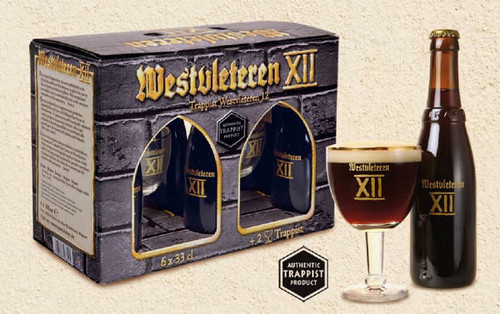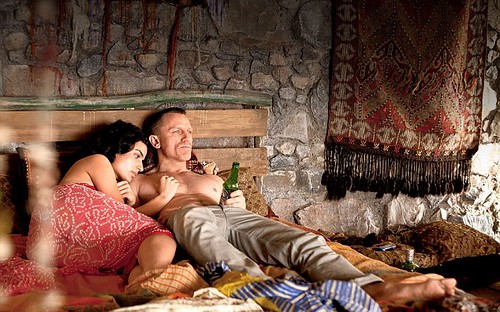
Today’s infographic is an interesting one, created by Olivia Vander Tuig at the Taubman College of Architecture and Urban Planning, University of Michigan in Ann Arbor, during the Spring of this year, in collaboration with Annie-Locke Scherer and Madelyn Willey. The infographic compares the beer brands Pabst Blue Ribbon, Guinness, Miller High Life, and Heineken, and was made as a companion for a travel studio about branding and factory experience called Behind the Brand.

Click here to see the infographic full size. You can also download a much larger version from dropbox.

















